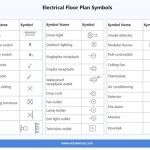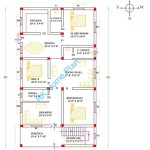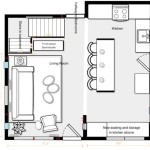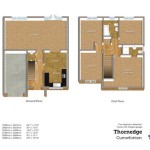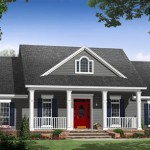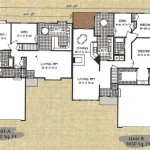Essential Aspects of Eco-Friendly Small House Plans
In the era of environmental consciousness, eco-friendly living has become increasingly important. Small house plans offer a sustainable and cost-effective solution for those looking to minimize their ecological footprint. Here are the essential aspects to consider when designing eco-friendly small house plans:
Energy Efficiency
Reducing energy consumption is paramount for eco-friendly homes. Consider incorporating passive solar design principles, utilizing energy-efficient appliances and lighting, and installing proper insulation to minimize heat loss. Renewable energy sources, such as solar panels or geothermal heat pumps, can further reduce the reliance on fossil fuels.
Water Conservation
Conserving water is crucial in eco-friendly homes. Implement water-saving fixtures, collect rainwater for irrigation, and use xeriscaping techniques to reduce outdoor water consumption. Consider greywater systems to reuse water from sinks and showers for non-potable purposes, such as watering plants or flushing toilets.
Sustainable Materials
Choosing environmentally friendly building materials is essential. Opt for recycled or locally sourced materials with low embodied energy. Consider using natural materials like bamboo, cork, or wood instead of synthetic or composite materials. Ensure that materials are certified by reputable organizations for sustainability, such as FSC or GECA.
Waste Reduction
Minimize waste generation during construction and throughout the life of the home. Use prefabricated components, reduce packaging, and recycle or compost construction debris. Design the house to be easily adaptable and reconfigurable to extend its lifespan and reduce the need for future renovations or replacements.
Indoor Air Quality
Ensure good indoor air quality by using low-VOC (volatile organic compound) paints, finishes, and building materials. Provide adequate ventilation and consider using air purifiers to remove pollutants. Natural lighting and views to the outdoors can also improve air quality and enhance well-being.
Climate Adaptation
Consider the local climate and design the house to be resilient to extreme weather events. Incorporate shading to reduce heat gain in hot climates, while using solar gain to minimize heating costs in cold climates. Use durable materials that can withstand moisture, wind, or other potential hazards.
Community Impact
Eco-friendly small house plans should also consider the impact on the surrounding community. Design the house to integrate with the neighborhood and promote a sense of place. Consider shared spaces or amenities with neighbors to foster a sense of community and reduce the overall environmental footprint.
By incorporating these essential aspects into small house plans, homeowners can create sustainable and eco-conscious living environments. These homes minimize environmental impact, reduce operating costs, and enhance the well-being of occupants while contributing to a more sustainable future.

25 Small Sustainable House Plans Cutaway Drawings Natural Building Blog Home

Eco House Plans Friendly Design Narrow

Eco Friendly Homes And Cabins Small Sustainable House Design Architecture
Green Home Plans Eco Friendly

Eco Friendly Home Design

Small House Plans And Tiny Under 800 Sq Ft

6 Eco Friendly Diy Homes Built For 20k Or Less House Tiny Movement Building A

Small Living Big Savings Eco Friendly Tiny Homes You Ll Love Cabane Bois Plans De Petite Maisonnette En

Ecological House Plans E Pur X Drummond

Sustainable Housing Designs For Eco Friendly Log Cabins

